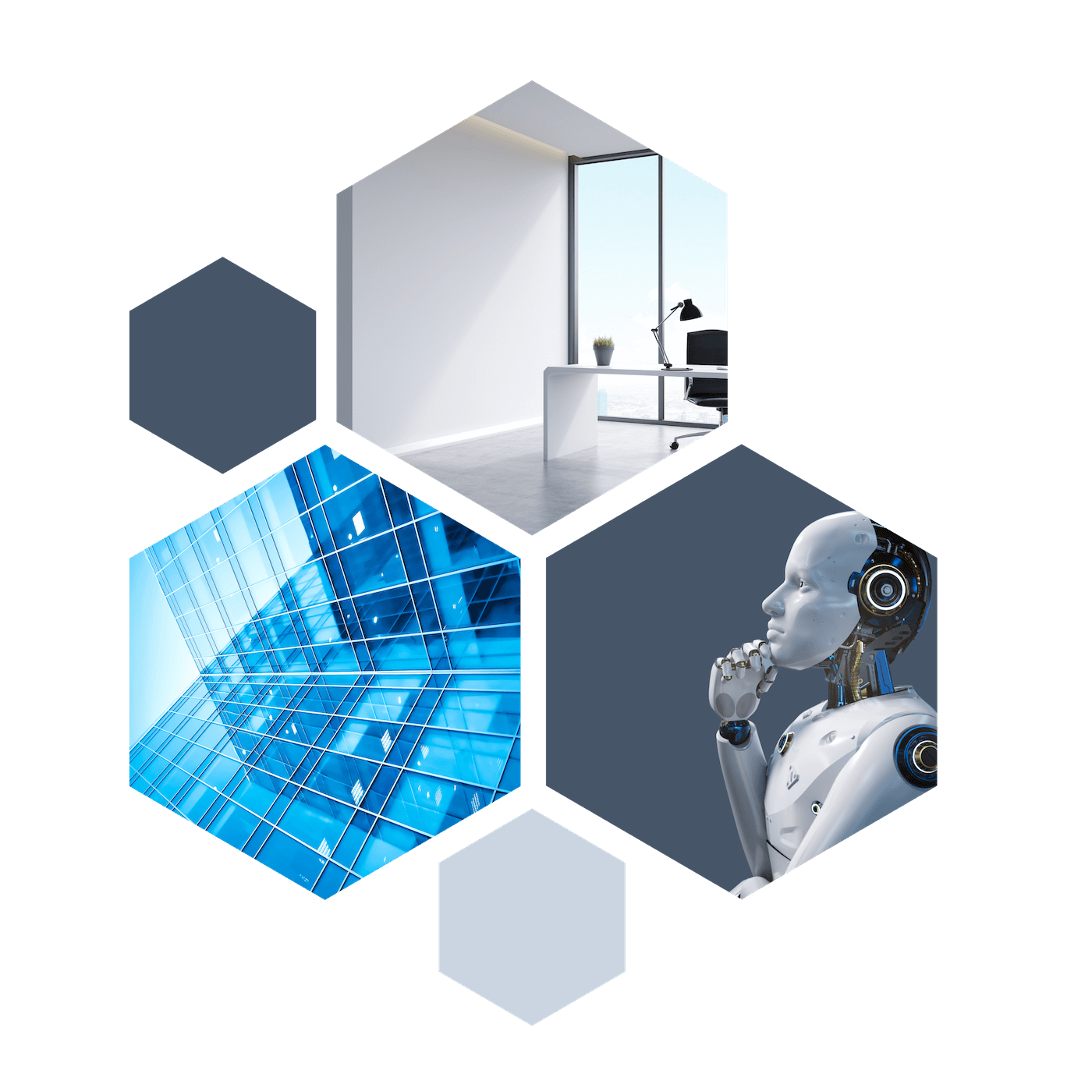Mini Theory Section: Not All AI Is the Same
In this article, I want to give you a rough understanding of the different
types of AI that exist and how you can use them for your business and your goals.
However, to meaningfully look at the differences, we need a few
theoretical
foundations that, in my view, every decision-maker and every entrepreneur who deals with digital topics should know:
As you might know, Machine Learning (ML)
has been around for a bit longer. Around 2010/2012, the term became popular in businesses.
It can be said that thanks to ML, artificial intelligence could truly be implemented in companies for the first time. In practice, every application of AI in companies today ultimately relies on machine learning.
ML is very different from classic computer programming. Instead of following fixed rules,
ML learns from training data on its own, based on which relationships a certain response occurs.
This learning from data is referred to as training. Just like us, the training must fit the purpose.
If I want my AI to predict next month's sales, I need to train it based on my sales history.
If I want it to differentiate between complaint letters and inquiries, I must show it many examples of both.
Since 2023, the term Generative AI (Gen AI)
has been making the rounds. Gen AI uses machine learning to generate content like texts or images.
For this, the AI is presented with many texts or illustrations from which it
learnsand can later mimic them in the form of new content. Technically, Gen AI is not an alternative to ML but is based on it.
When talking about Gen AI in the context of businesses today, it specifically refers to
large, pre-trained AI models like ChatGPT, which have already learned from vast amounts of data.
Thus, they can generate meaningful content for businesses out-of-the-box,
without needing further training.
AI models that have already been pre-trained with large datasets are much faster to deploy for businesses and the barrier to entry is
significantly lower.
But as you might have guessed, there are cases where these generalist models
are not sufficient, and one must invest in their own training.
It is important to understand at this point:
If a company wants to use AI today, whether to automate processes or to
save costs, it must decide whether generalist, pre-trained models are sufficient for this purpose or if
models with their own training are needed.
What Can ML Do, and What Can Gen AI Do?
A summary from the first section:
While basic ML techniques typically analyze data to evaluate it with a certain statement, Gen AI generates new content, such as in the form of text.
In practice, ML is used for two types of statements:
-
Classification: You have an item that you can categorize into Category A, B, C, ...
ML can automatically decide which category a specific item belongs to.
The items to be categorized can be texts, images, audio recordings, historical time series, and
other data.
For example, phone calls could be categorized as
emotionally upset
oremotionally calm
. - Predictions: You have certain data from today and the past and you want to make a prediction for the future. How many customers will come into the store next Friday, how many care products should I order for next month, how many customers will cancel their contracts next quarter, are examples of feasible predictions through ML.
On the other hand, Gen AI generates content. Large AI models like OpenAI's GPT
have apparently developed an impressive
general knowledge. Such an AI language model not only generates texts but can also bring in expertise from various fields and adjust the expression and depth of text to different situations and the individual context. Thus, Gen AI is very well suited to take on creative tasks such as writing articles, answering questions, programming software, or summarizing information.
Based on its
general knowledge, generative AI can also evaluate data to a certain extent. The previously mentioned task of determining whether a statement is emotionally charged or calm can also be assessed by it. Decision questions that are somehow based on general text understanding can generally be very well processed by Gen AI.
Practical Advice: When to Use What?
Let's make it simple:
Do you want to categorize something?
Could the categorization be done by someone based purely on general knowledge and text understanding, who knows nothing about your company?
- Yes: Generative AI is probably sufficient
- No: ML is likely needed
Do you want to make a prediction?
Generally, you need ML. For an accurate prediction, you require
a detailed understanding of cause and effect in the relevant area.
Usually, good general knowledge is not enough.
Likely, you wouldn’t ask a high school graduate to make your sales forecast for next year.
A dedicated ML training develops the necessary
finessefor understanding cause and effect in your data.
Do you want to generate texts, write emails, or produce other content?
Then, of course, Gen AI can help you. It is important to note that
Gen AI becomes truly useful for your purposes
only after it becomes familiar with your company data.
Writing emails is challenging if it does not know the customers and their concerns.
It can only write a report to the management with a project overview if it knows your projects.
It's interesting for you now that no further training is needed to extend generative AI with
the necessary knowledge. We can show you how to connect your AI securely, legally, and efficiently
with the different data in your company in a 1:1 consultation.
Outlook: Further Varieties and Practical Examples
The categorization in the last section is a good start to understand the direction you need to take to achieve a specific goal.
As is often the case in practice, the categorization is not that simple, and there are shades of gray between black and white. In certain cases, it might be sensible to use a Gen AI for data assessment, which is further trained with ML techniques. This can ensure that the AI retains its text understanding and general knowledge but gains a finer understanding of cause and effect regarding your company data.
You might also need to combine ML and Gen AI to automate complex business processes to reach their full potential. Generally, it can be said that Gen AI is getting increasingly better and already delivers very good results out-of-the-box in many cases, without the need for separate ML training.
Let's conclude the article with some practical solution examples that we have already provided to our customers:
Acoustic and visual quality control:
In production, the quality of manufactured goods can be checked with ML. Damages such as scratches or dents are often visually evident. Mechanical process disturbances can often be acoustically assessed. Machine learning methods can accurately classify these data as OK or not OK with relatively few training data.
Automated response to support queries:
Many support queries are repetitive. Depending on the support department, routine questions can account for more than 50% of inquiries. Gen AI can identify these routine inquiries based on past support data and automatically respond by generating an answer.
Up-selling recommendations in sales:
Especially with a complex product portfolio or a large variety of options, it is not always easy to make appropriate recommendations for additional offers in sales. Often, a lot of experience and understanding of the industry are required. Gen AI can automatically find suitable additional offers for a query based on past offers in the form of emails or ERP data and suggest them to the salesperson.
Evaluation of sensory data:
In the chemical industry, ML enables the analysis of gaseous substances by gas chromatographs for precise monitoring of material purity and composition. Similarly, vibration sensors in machinery can detect wear early through ML to prevent failures. These technologies increase production reliability and extend the lifespan of the facilities.




